
karelnoppe/iStock/Getty Images
Wild goose is a rich and flavorful meal that can be prepared in a number of ways. With an older goose, the fat may be strong-flavored, making removing the skin and underlying fat a good option. Skinless goose is good for frying or other moist-heat cooking methods. Wild goose is leaner than domestic goose, so roasting and grilling may dry the goose out, especially if you have removed the skin.
Skinning and Preparing
Clean the goose and remove the innards. Pluck the feathers and discard them, or reserve them for cleaning for another use. Soak the goose in cold water for two hours to remove the blood. Run your hands over the bird to make sure you have removed all the quills. With kitchen shears or a knife, remove the skin after first loosening it with your hands. Clean the cutting board, knives and other utensils and wash your hands before you touch the soaked goose.
Frying
You can fry the skinned goose by frying the entire bird, or by carving it and frying the cuts of meat individually. To fry the entire bird, heat oil in a turkey fryer to 360 degrees Fahrenheit and fry the goose for approximately 3 1/2 minutes per pound of meat. When the goose is finished, an instant-read thermometer inserted into the breast should register 160 degrees Fahrenheit. To fry portions of goose meat, roll the meat in cornmeal or the breading of your choice, then fry it in a skillet filled with oil until the meat is browned and cooked through.
Slow Cooking
Marinate the slices of goose meat in your favorite marinade, such as one of orange juice and Worcestershire sauce. The marinade will add flavor and tenderize the meat. Brown the meat on all sides in a skillet. Place the goose meat in the slow cooker and pour in 4 cups of vegetable broth or 4 cups of a cream-based soup. Slow cook the goose meat for 4 to 5 hours, or until the meat is tender and cooked through.
Nutrition
Goose is a rich, dark meat that is full in flavor but low in fat and cholesterol. Domesticated goose meat contains approximately 7 grams of fat per 3-ounce serving, and wild goose has even less. This makes it a good choice for those seeking a hearty meal that won't pack on the fat and calories. Goose meat is a good source of riboflavin, niacin, pantothenic acid, vitamin B-6, phosphorous and selenium.
Related Articles

How to Cook a Wild Goose in a Slow ...

Should a Pheasant Be Cooked With or ...
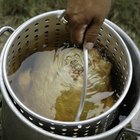
How to Deep-Fry Turkeys and Ducks
How to Prepare & Cook Wild Pheasant
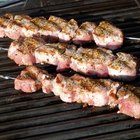
How to Cook Pork Loin
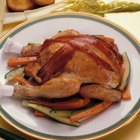
How to Grill a Cornish Hen on the ...
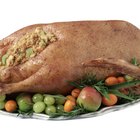
How to Bake Goose Breasts

How to Make a Blackbuck Antelope Roast
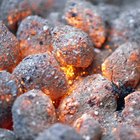
How to Cook Quail on a Grill
How to Cook Buffalo Fillet

How to Cook the Neck of a Deer

How to Cook Moose Meat
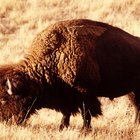
The Best Way to Prepare Bison Sirloin

How to Defrost a Frozen Beef Roast in ...

Does It Take Longer to Cook With the ...
How to Cook Seasoned Keta Salmon
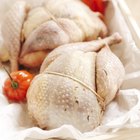
How to Grill Skinless Pheasant
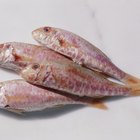
How to Clean Mullet
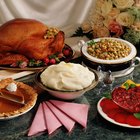
How to Cook Split Bone Turkey

Food Sources of Phosphatidylcholine
References
Writer Bio
Natalie Smith is a technical writing professor specializing in medical writing localization and food writing. Her work has been published in technical journals, on several prominent cooking and nutrition websites, as well as books and conference proceedings. Smith has won two international research awards for her scholarship in intercultural medical writing, and holds a PhD in technical communication and rhetoric.
Photo Credits
karelnoppe/iStock/Getty Images